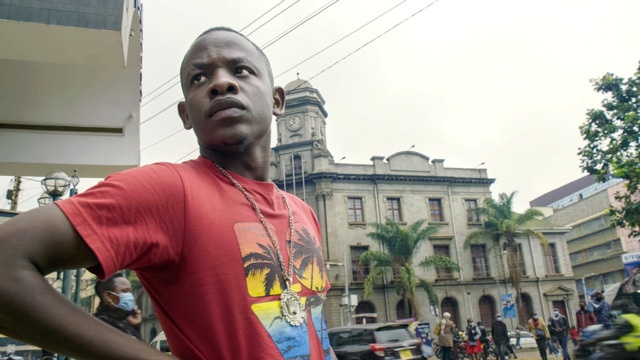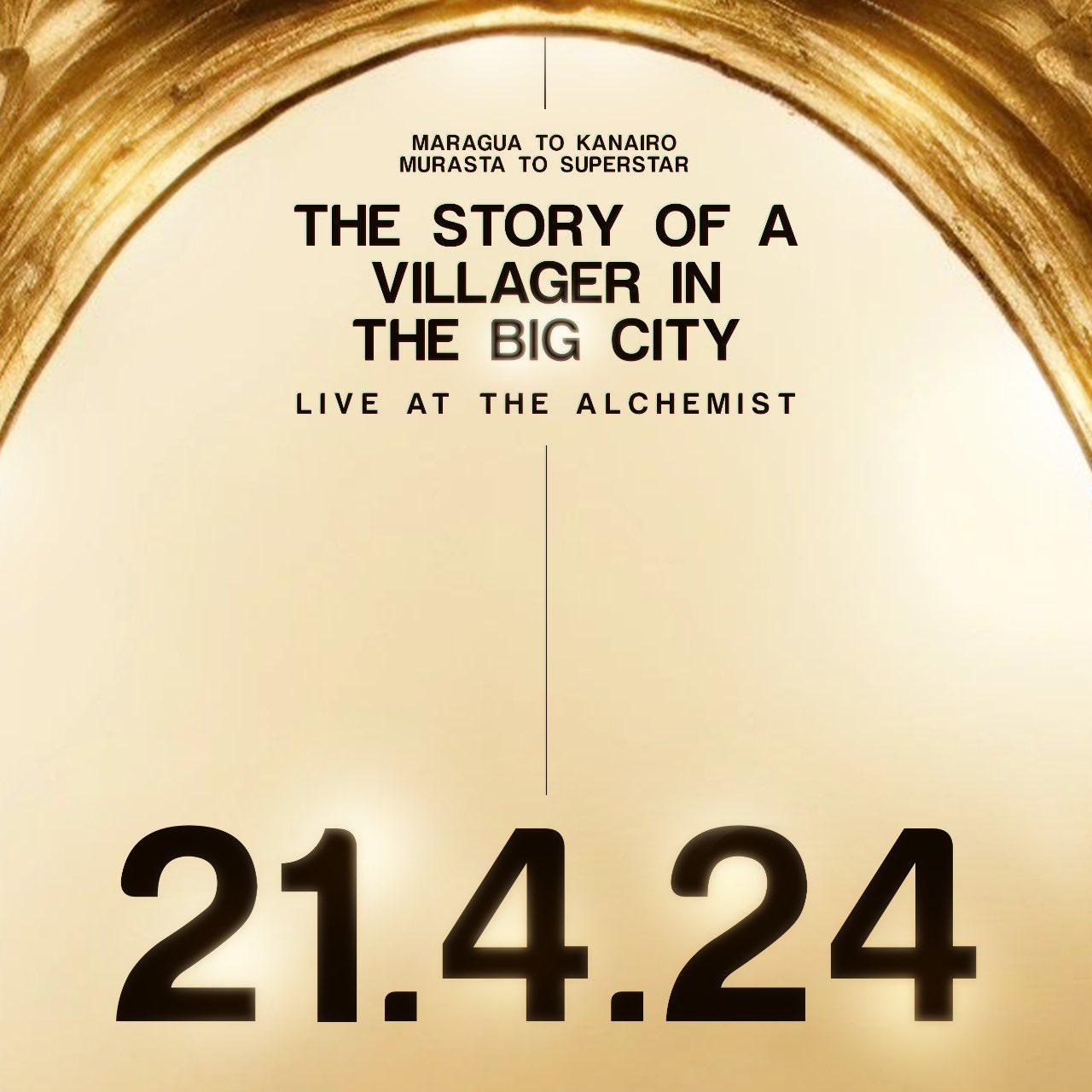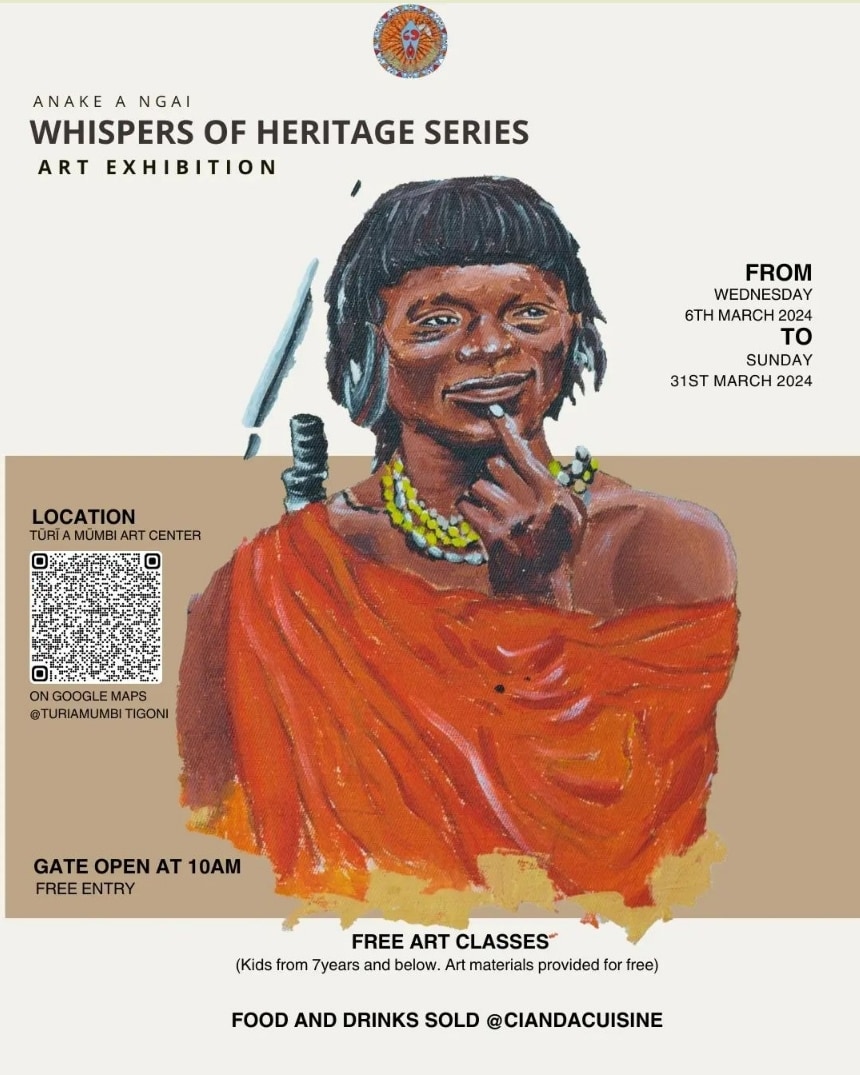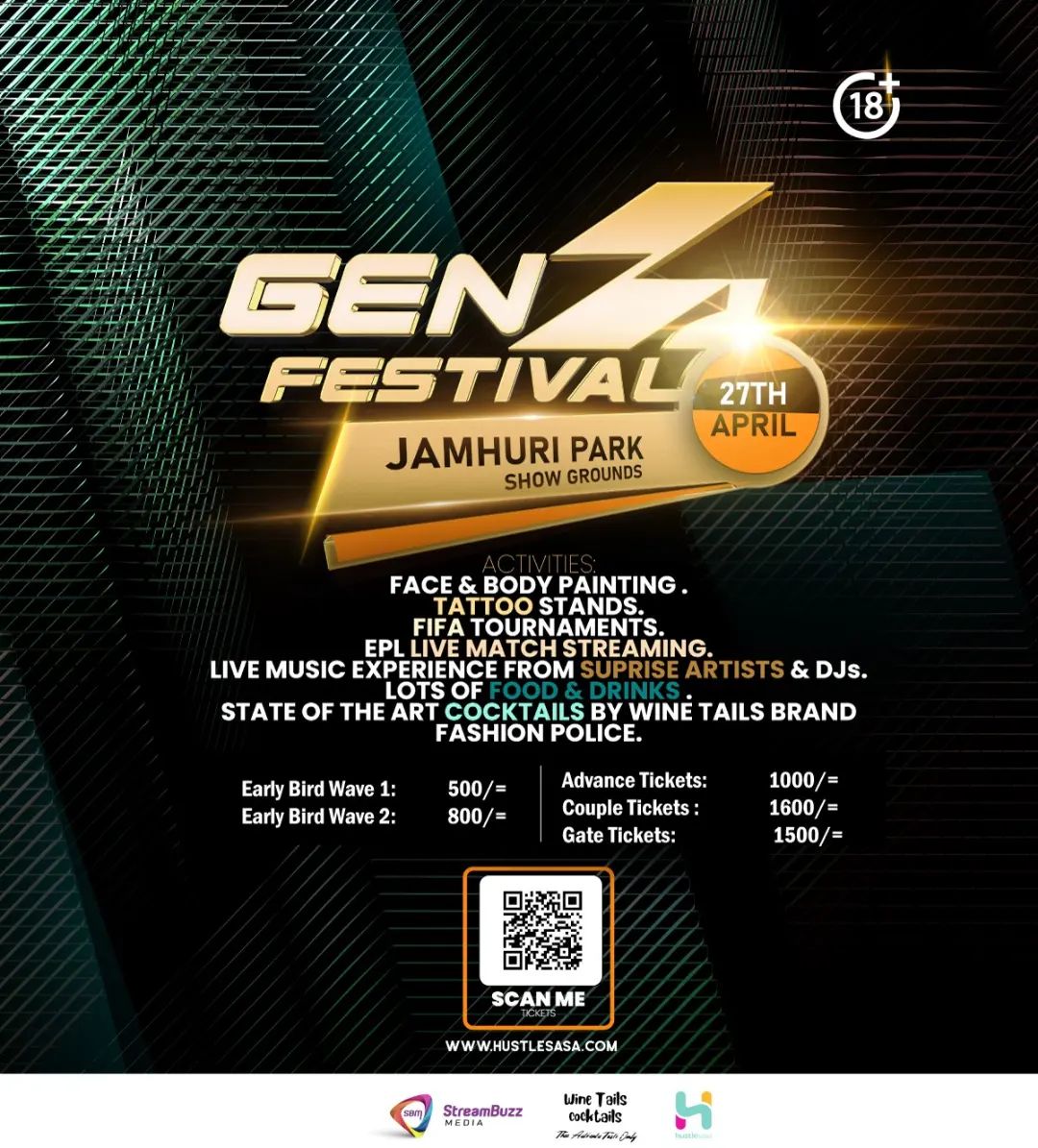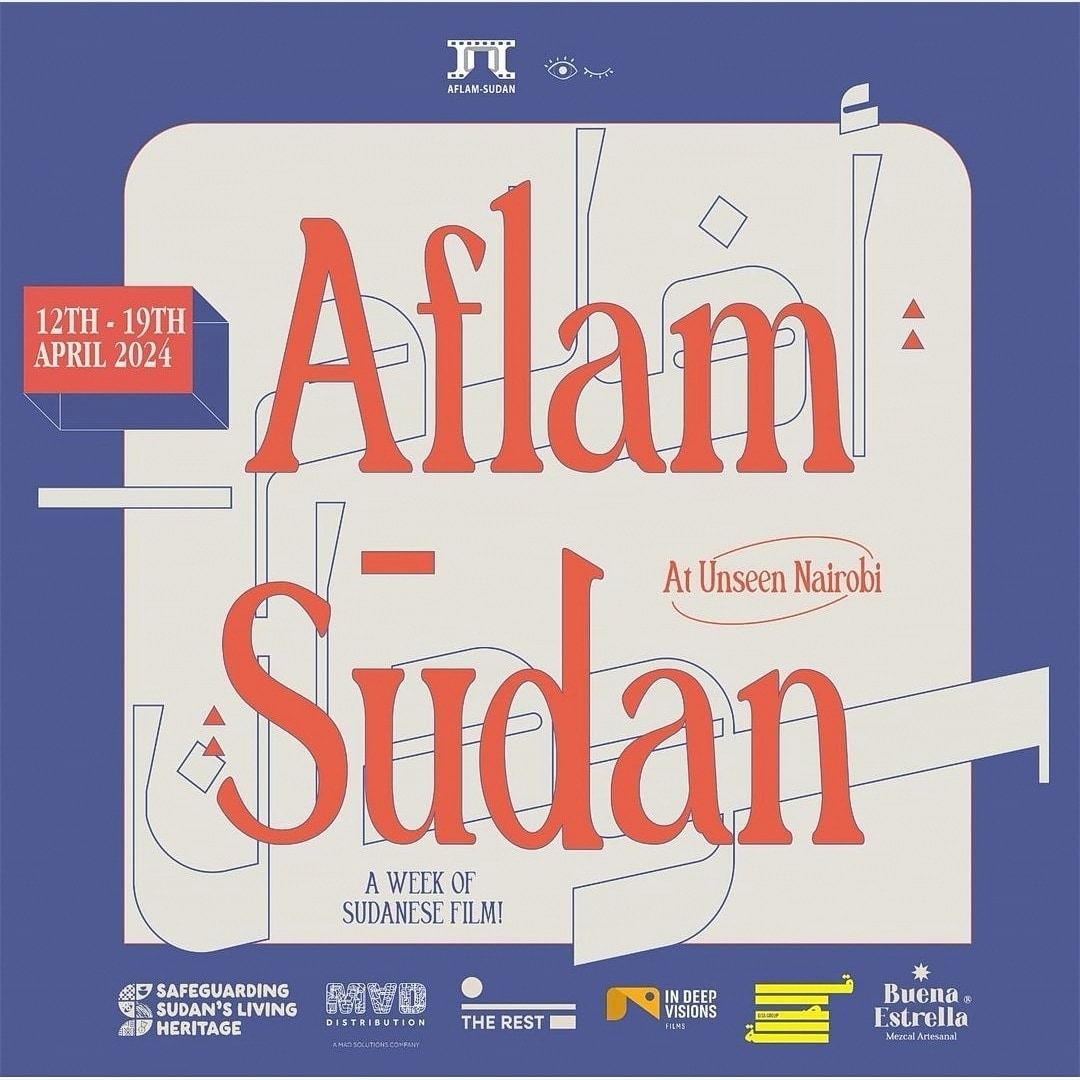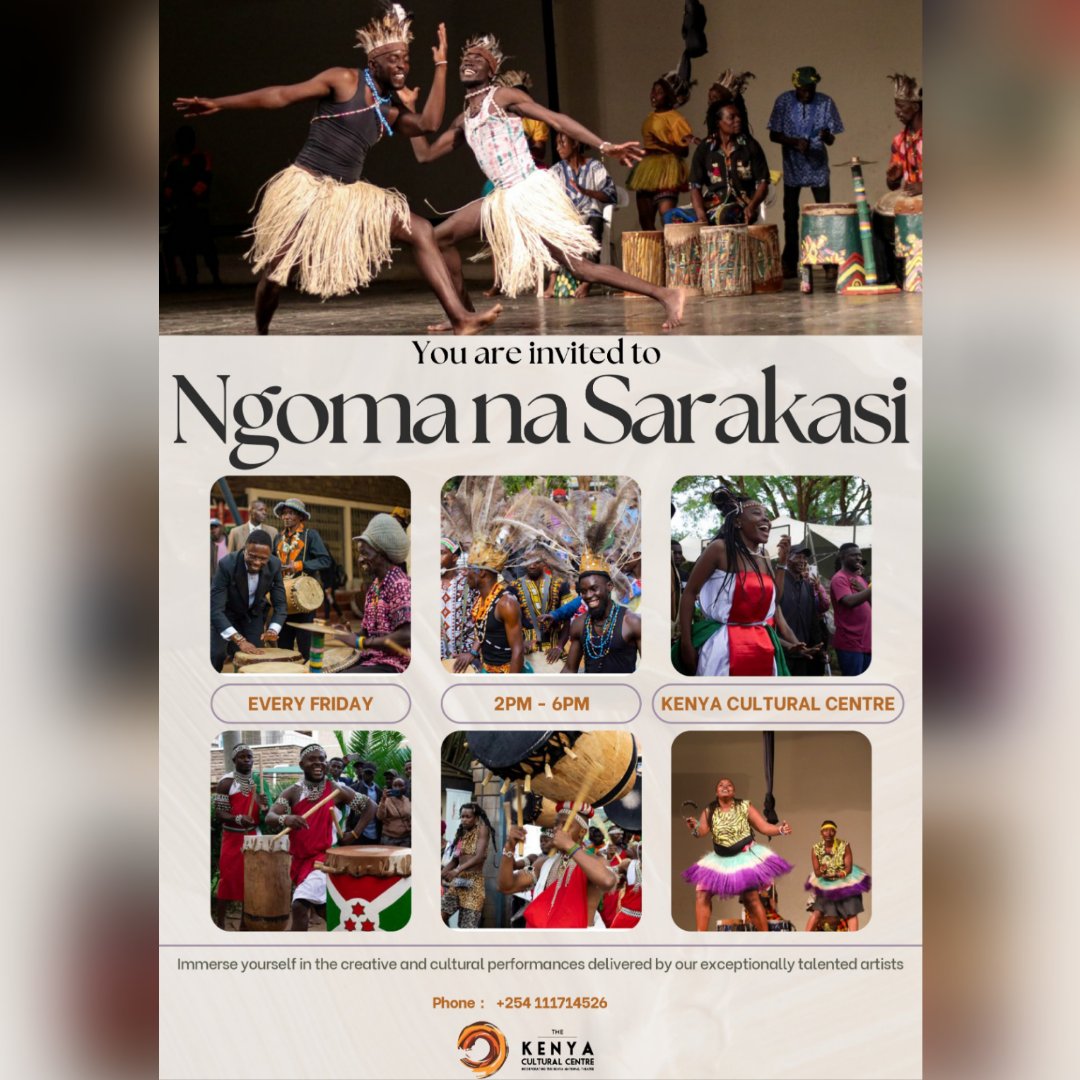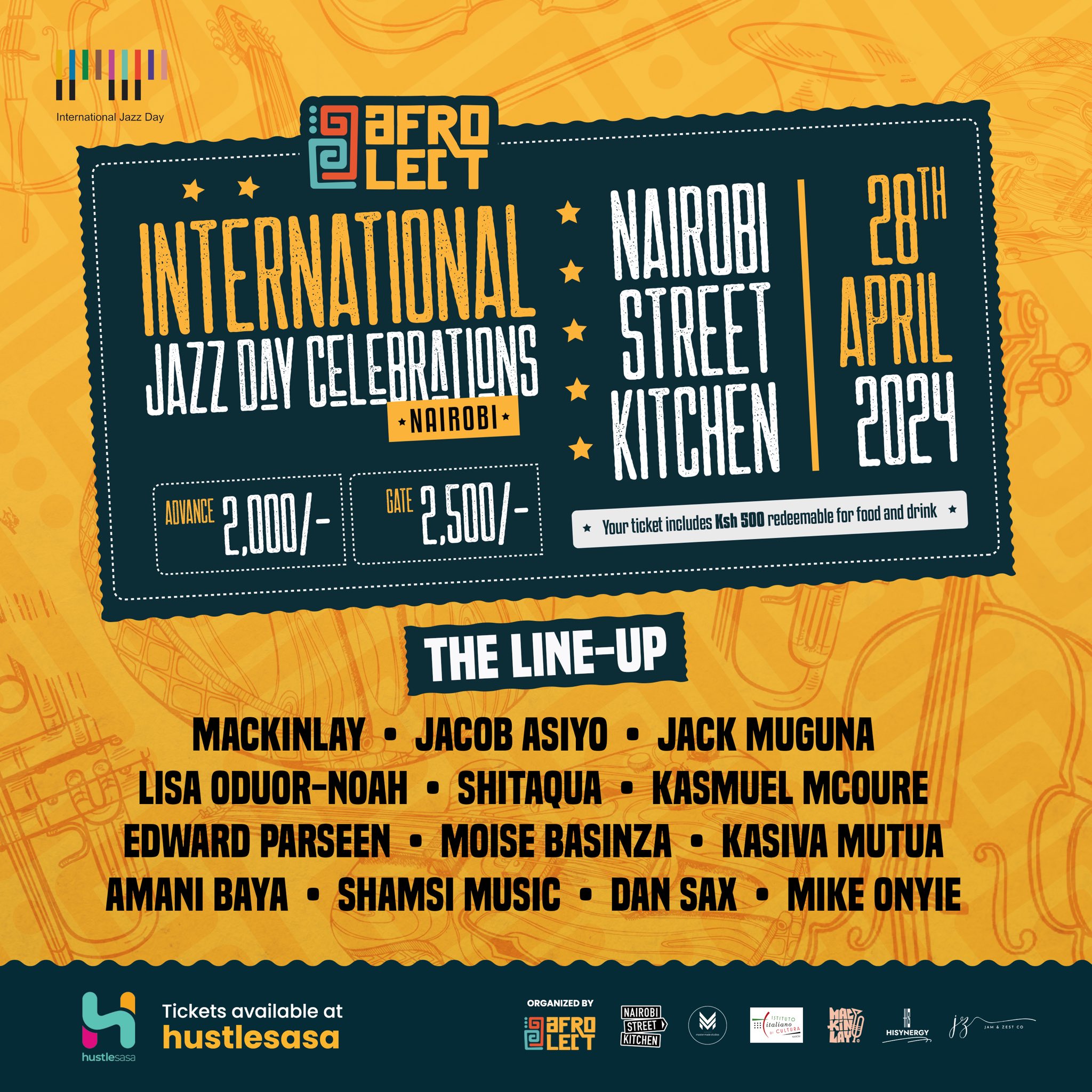Cloth-Swapping Event: Where Fashion Enthusiasts Exchange Pre-loved Items
In today’s fast-paced world, the fashion industry often encourages consumerism and promotes the idea of constantly buying new clothing.
However, a growing awareness of the environmental impact of fast fashion has led to the rise of sustainable alternatives.
One such initiative is Swap Circle, a sustainable fashion community that fosters responsible fashion choices by providing a platform for fashion enthusiasts to exchange their pre-loved items through swapping.
It is spearheaded by four fashion enthusiasts, Miano Wamuyu, Mitchelle Maritim, Jeff Machanda and Valarine Ramani.
When the idea popped up, Miano Wamuyu affirms that, “we wanted to reduce pollution and promote sustainability through fashion. So the concept is, instead of people discarding clothes they can opt to come and swap with other fashion fanatics.”
1st Edition Reception
The first edition of the Swap Circle event that happened on June 30, 2023 saw a good turn up of friends and acquaintances show up to get a feel of the clad swapping.
From the marvellous reception they received, they stuck to the plan of having the events regularly to keep the stone rolling.
Wamuyu adds that Swap Circle has created a space where environmentalists and fashion enthusiasts can rub shoulders with sustainability course in mind.
“The first event went down really well, the turn out was more than expected. We hadn’t done much marketing for the event, we just shared within our circles,” She says.
Swap Circle goes beyond traditional second-hand stores or online marketplaces. It creates a unique space where individuals can come together to trade clothing they no longer wear, allowing them to refresh their wardrobes while reducing waste and promoting a circular economy.
“Apart from Swap Circle having an events perspective, we are also planning on having it become a community and form a movement,” Mitchelle Maritim says.
Through the idea of being a movement, Maritim notes that the target market is already eager for what’s in store for the second edition which is scheduled for September 9, 2023 at K1 Klubhouse.
On top of swapping, attendees will as well be fed to entertainment, networking and moments where ideas are swept across the floor.
With a dire target market of fashion enthusiasts and environmentalists of the age range of 19 – 30, Jeff Machanda affirms that they are envisioning a great experience in the second edition.
By facilitating face-to-face interactions and exchange of clothes, Machanda reiterates that Swap Circle builds a sense of connection and camaraderie among fashion enthusiasts.
He also contends that swapping allows individuals to experiment with different styles, trends, and brands that they may not have considered otherwise. It encourages creativity and promotes a more diverse and inclusive fashion culture.
“We are planning on holding the event in various venues across the country, eventually. So, when time comes and facilities allow, we shall hold it in places such as Mombasa, Naivasha, Kisumu among other destinations,” He asserts.
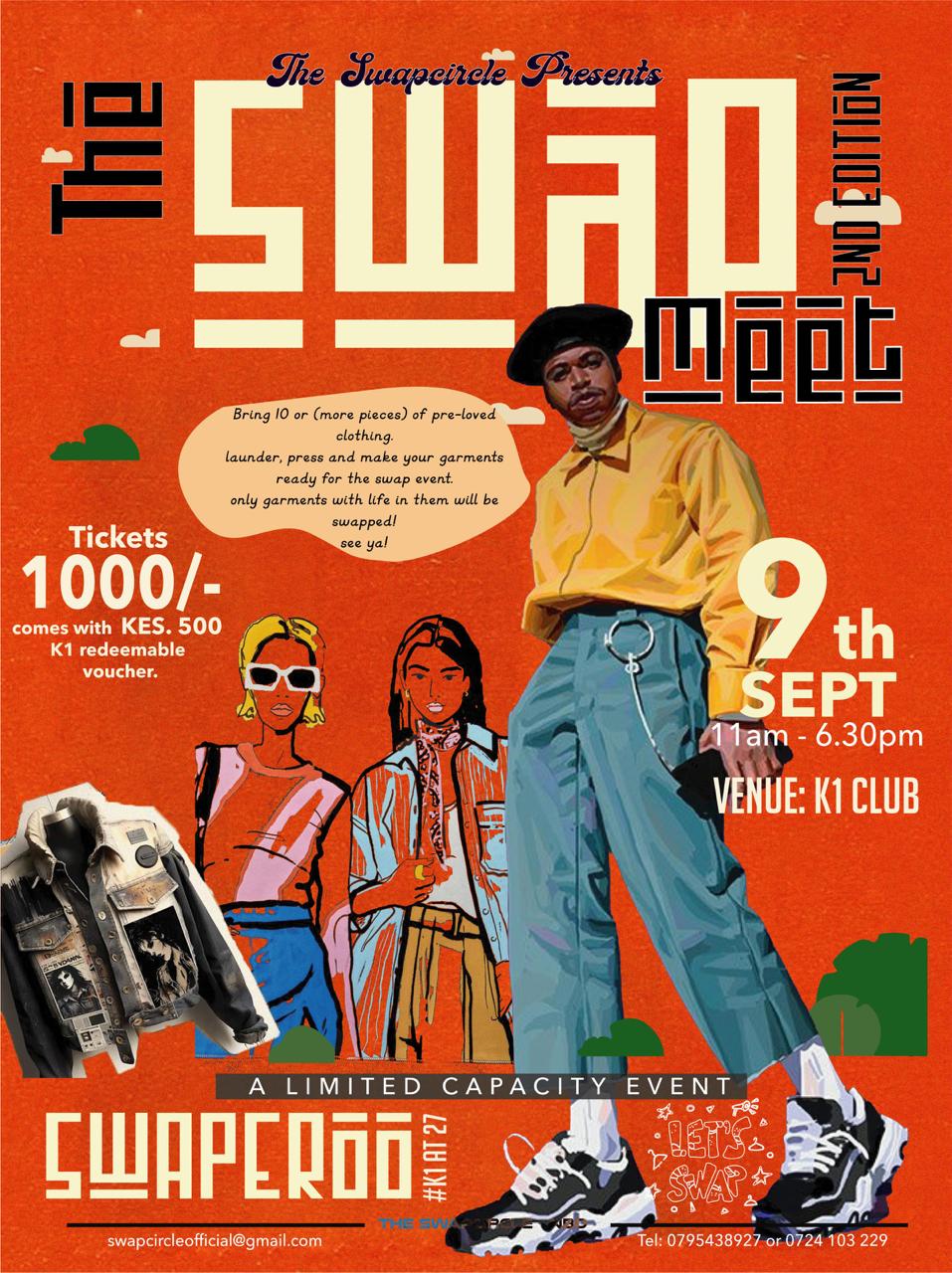
Tokens System
As a criteria to ensure that the swapping is fair, Swap Circle has a set of precepts to regulate the process.
For instance, the team introduced a token system that gauges the quality of clothes that an individual presents. If the cloth is in super great condition, it earns top-cream tokens.
The tokens act as currency in the swapping to ensure that people get the worth for the swapped clothes.
“You don’t interact with the person and their clothes directly. How it happens is, you bring your clothes to the event then you’re given the tokens. Once the clothes are put in the rack, you stroll around with your tokens shopping for the clothes that fit your interest and token budget.
“All the clothes will be attached to how much tokens will cost you to take the particular cloth.For instance, if a jacket is costing 6 tokens, you’ll give 6 tokens from the tokens you have then take the jacket,” Maritim explains.
While assigning tokens, experienced fashionistas at the event look at the quality and fabrics and then decide the number of tokens to attach.
Ideally, the quality and quantity of the clothes you show up with at the event determines the number of tokens you are awarded.
Swap Circle addresses the issue of textile waste generated by the fashion industry. By encouraging the reuse and recycling of clothes, it supports a more sustainable approach to fashion consumption.

Kenyan Fashion Industry
The Kenyan fashion scene has been making strides towards international stages but not as vehemently as counterparts such as Nigeria and South Africa.
The four fashion devotees assert that even though Kenya is not yet there, there are still individuals who are pushing the needle to change the narrative.
“Well, if you think about fashion as a whole, we can’t really put it in a box. We probably are not on the same page as others fashionwise, because we have a different type of fashion here. But I feel it’s a growing industry, especially with the new generation coming up,” Maritim says.
As such, there have been communities that have taken the mantle to showcase fashion in a more diverse aspect.
However, Wamuyu notes that the major hindrance to the growth of the fashion industry in Kenya would be stamped on the people’s unsupportive nature.
“Fashion brands from abroad would easily grow faster because their people support it compared to Kenya and Africa at large,” She points out.
Machanda, who also totals up as an owner of a clothing brand known as Klubwear Apparels, adds that the Kenyan market isn’t inclined towards fashion.
“It would be a boost if we got the support and promoted the awareness. Just to let the world know that we can produce and wear Kenyan brands as well,” He quips.
The fact that the fashion industry is struggling but still putting efforts to stabilise its roots, events such as the one organised by Swap Circle have shown that there are still people who value and appreciate fashion.
In line with the United Nation’s Sustainable Development Goals (SDGs) Swap Circle stands as a shining example of how sustainability and fashion can coexist harmoniously.
By providing a platform for individuals to exchange their pre-loved items, it promotes responsible fashion choices and contributes to a more sustainable future.
“We are here not only to make the fashion industry grow, but also save the planet for future generations,” Miano says in conclusion.
Get the tickets to the 2nd Edition of Swap Circle Swapping event here.



